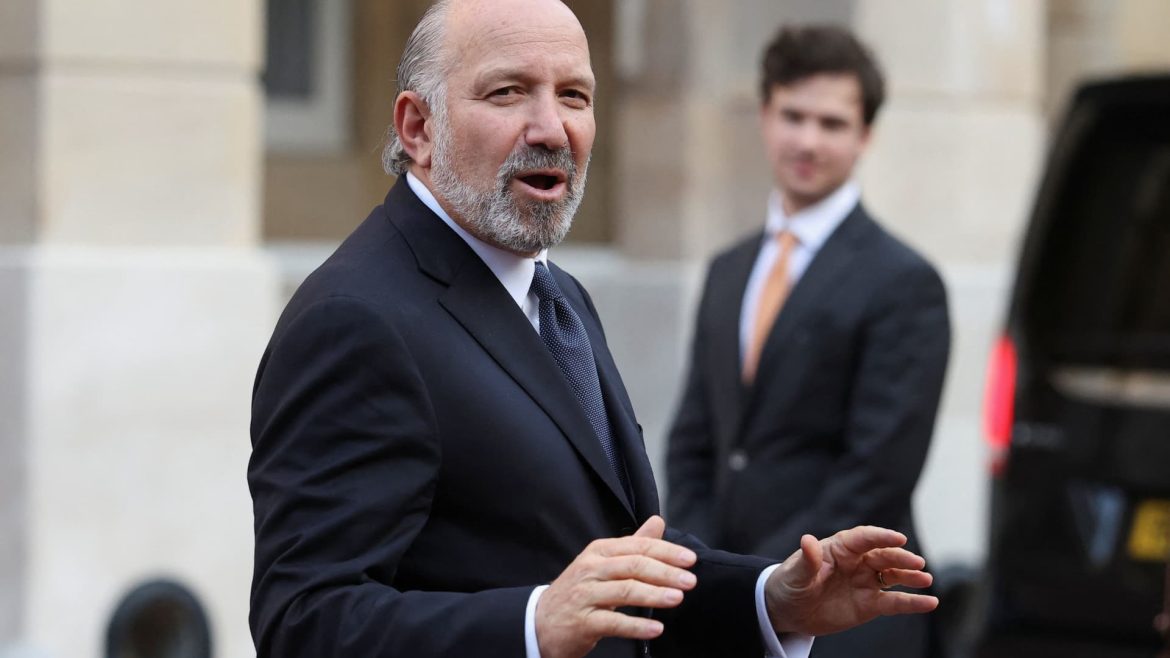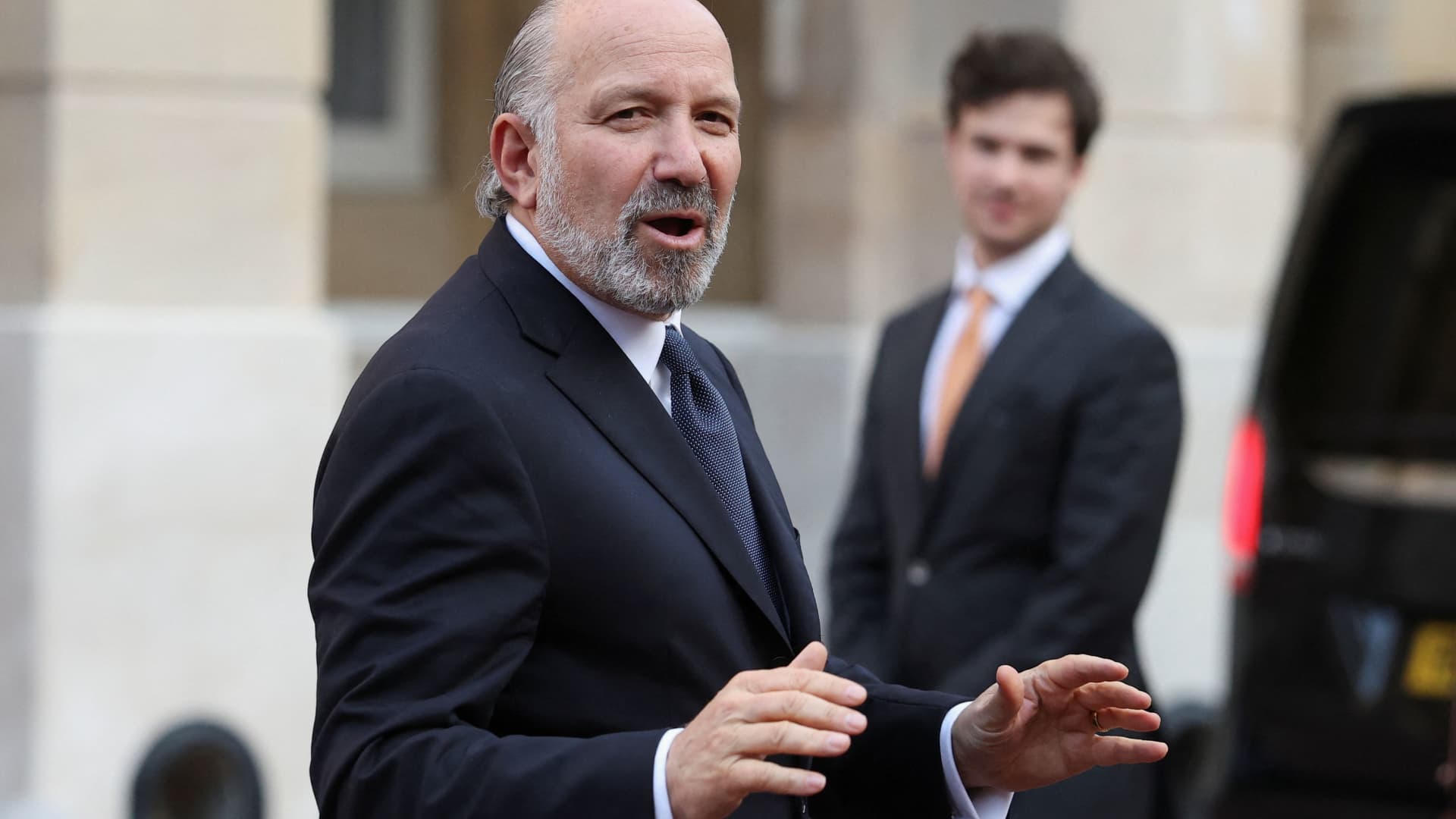Analyzing the Current State and Future Outlook of U.S. Tariffs on China
The U.S.-China trade relationship remains one of the most consequential economic dynamics globally, with tariffs serving as a critical and contentious element. Commerce Secretary Howard Lutnick’s recent statements offer a clear, consistent message on the status and trajectory of these tariffs, providing important insight into the ongoing trade dispute, its impact, and the political calculus behind trade negotiations.
—
The Present Reality: Tariffs Set, No Changes Expected
Howard Lutnick has unequivocally stated that the current U.S. tariffs on Chinese imports will not be rolled back. Multiple reports confirm a consistent line: the 55% tariffs imposed on China are fixed “from here on out,” reflecting a hardened stance in the post-trade deal environment.
– Assertive Stance: Lutnick emphasized on CNBC and other media outlets that the tariff levels—especially the notably high 55% duty—will remain unchanged despite ongoing trade talks. This essentially means that the trade policy crafted during prior negotiations under President Trump is intact.
– Political Backing: The decision not to reduce tariffs follows direct involvement from President Trump, who intervened through discussions with Xi Jinping, attempting to enforce a tough posture while navigating trade relations.
– Legal and Policy Consistency: Even as courts revisit the legality of tariffs and trade talks proceed, Lutnick has combated any notion of rollback, stating “tariffs are not going away,” highlighting a firm governmental commitment.
This steadfastness signals that tariffs have evolved beyond a tactical negotiation tool into a fundamental aspect of broader economic and geopolitical strategy.
—
Trade Negotiations and Diplomatic Dynamics
While tariffs remain fixed, Lutnick’s commentary reflects ongoing trade talks marked by a certain diplomatic engagement and tactical bargaining.
– Progress Amid Tensions: Lutnick describes trade negotiations as “going well,” citing a second round of talks held in London and a constructive dialogue focused on complex issues like rare earth materials, magnets, and export controls.
– China’s Deliberate Pace: He alleges that China “slow-walked” key measures, prompting tit-for-tat U.S. retaliation in tariff enforcement, until higher-level dialogues took place, primarily Trump’s conversations with Xi Jinping.
– Strategic Leverage: Tariffs serve as leverage in securing concessions, including export controls on sensitive technologies and restrictions aimed at leveling the playing field for American industries, especially in sectors critical for national security.
These negotiations reveal a careful balancing act: maintaining pressure while signaling willingness to engage, with tariffs providing the backbone of U.S. negotiation power.
—
Economic Impact and Industry Reactions
The tariffs have wider economic reverberations for manufacturers, consumers, and businesses dependent on supply chains tied to China.
– Price Pressures and Surcharges: Several reports highlight companies like Barkley Young, a CEO who raised prices in response to tariffs, explicitly calling them a “tariff surcharge.” This demonstrates an ongoing cost-passing effect impacting consumer prices and business input costs.
– Inflation Concerns Addressed: Lutnick has dismissed inflationary concerns regarding tariffs as “nonsense,” although conceding that some product prices could rise. He argues that protective tariffs aim to restore respect and economic balance rather than drive runaway inflation.
– U.S. Industry Support: While some industries feel the pinch, others back tariffs as a necessary defense against unfair Chinese trade practices, intellectual property theft, and market access barriers.
The mixed economic consequences underscore the complex trade-offs between protecting domestic industries and potential consumer cost increases.
—
The Broader Strategic and Political Context
Tariffs are not solely an economic issue but are deeply entwined with national security, technological competition, and geopolitical strategy.
– Focus on Technology and Rare Earths: Lutnick points to trade frameworks targeting sensitive materials like rare earth elements and magnets, critical for electronics and defense industries, signaling that tariffs and trade restrictions serve dual economic and security goals.
– Baseline Tariffs as Policy Norm: The 10% baseline tariff on all imports reflects a longer-term redefinition of U.S. trade policy, incorporating tariffs as a permanent fixture rather than a temporary measure.
– Political Messaging: Keeping tariffs firmly in place also functions as a political statement to international partners and domestic constituencies about U.S. resolve in trade disputes and protection of economic interests.
This strategic deployment situates tariffs as a lever of U.S. influence in reshaping global trade norms and asserting economic sovereignty.
—
Conclusion: A New Normal in U.S.-China Trade Relations
Howard Lutnick’s consistent affirmations confirm that U.S.-China tariffs have moved from a phase of uncertainty and negotiation into a more permanent feature of bilateral relations. While trade talks continue with cautious optimism, the core tariff levels remain firmly established, signaling a strategic approach where economic pressure is central to achieving broader policy goals.
This hardened stance, supported politically at the highest level, affects industries, consumers, and global supply chains, balancing pain with protective intent. The interplay between diplomacy, domestic economic impact, and strategic imperatives highlights the complexity and significance of this trade dynamic, ensuring that tariffs will remain a defining feature of the U.S.-China economic relationship for the foreseeable future.





